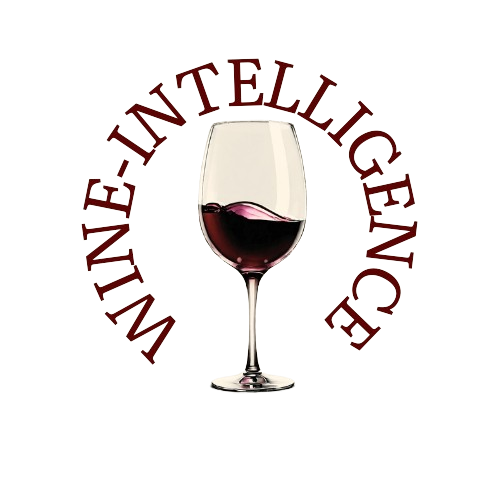In early 2025, Russian wine exports to China have skyrocketed, marking one of the most dynamic shifts in international wine trade this year.
Sparkling wines, in particular, are leading the charge, powered not only by changing Chinese consumer tastes but also by the influence of social media marketing and Russia’s strategic pivot toward eastern markets.
A Trade Boom Sparked by Bubbles
According to figures released by Russia’s Agriculture Ministry and reported by Sputnik, the first three months of 2025 saw nearly 700 tons of Russian wine exported to China — more than double the volume and over three times the value compared to the same period last year, with shipments totaling nearly USD 1 million.
The standout? Sparkling wine. It made up nearly two-thirds of all Russian wine imports into China during Q1 2025, and its presence surged most noticeably in March — a stark contrast to the same month last year, when not a single bottle of Russian bubbly crossed into China.
This export leap isn’t just limited to China. Of the roughly 1,000 metric tons of Russian wine exported worldwide in Q1, China accounted for a massive 72%, followed by Turkey at 18%. Clearly, China is now the dominant destination for Russian wine.
The Influence Economy: Douyin Drives Demand
One of the most fascinating aspects of this growth story is the role of Chinese social media influencers. Russia's Moon Land brand has risen to prominence on Douyin, China’s version of TikTok, largely thanks to the influencer known as Jiuyue de Fu. With over 500,000 followers, he’s become a prominent digital ambassador for Russian wines.
Jiuyue de Fu imports 1.3 million bottles of Moon Land wine annually, and his promotion helped the label become the third-best-selling wine on Douyin. This kind of consumer engagement is increasingly essential in China’s fragmented and digitally-driven wine market, where online trust and visibility can outperform traditional distribution strategies.
Strategic Pivot: Wine Diplomacy in a Sanctions Era
This success is not just commercial — it’s strategic. With Russia facing continuing Western sanctions over the Ukraine conflict and restricted from the SWIFT banking network, trade ties with China have taken on heightened importance. Wine exports are part of a larger push to diversify export markets and build financial resilience by tapping into Chinese consumer demand.
China is already Russia’s largest trading partner, and in a world where traditional European markets have become politically and economically off-limits, wine has emerged as a subtle yet effective soft power tool in Russia’s eastward reorientation.
To deepen ties, Russia’s Abrau-Durso Group, the country’s leading sparkling wine producer, participated in CFDF Chengdu, China’s largest wine and spirits fair. Meanwhile, the Russian Vinegrowers and Winemakers Association staged a dedicated “Russian Wine Road” event in Beijing on March 28, targeting Chinese HORECA buyers and influencers alike.
The Bigger Picture: A Bubble or a Trend?
Despite the headline growth, Russia still holds only a sliver of China’s massive wine import market. In Q1 2025, Russian wines ranked 14th by import value, nestled between Moldova and Austria. Russian wines represented just 0.19% of China’s wine imports by value.
Still, that number is poised to grow. According to Chinese customs data reviewed by Vino Joy News, China imported 237,359 liters of Russian wine in Q1 2025, worth USD 642,069 — a 192% increase in volume and a 235% rise in value year-over-year.
The variation between Russian and Chinese trade data can be explained by typical reporting discrepancies, including lag times and wines held in bonded warehouses prior to customs clearance.
What’s Next for Russian Wine in China?
With sparkling wine as its spearhead and Douyin as its distribution channel, Russian wine’s Chinese experiment is off to a sparkling start. But sustaining growth will require more than momentary buzz. Brand recognition, consistency in quality, and competitive pricing will all play a role in carving out a durable niche in China’s complex and competitive market.
For now, the numbers suggest that Russian wine — once barely a footnote in the Chinese market — may be entering a new era of relevance. Whether it becomes a mainstay or a passing trend remains to be seen, but in 2025, one thing is clear: Russia’s wine glass is half full — and fizzing.
Source: Vino-Joy

